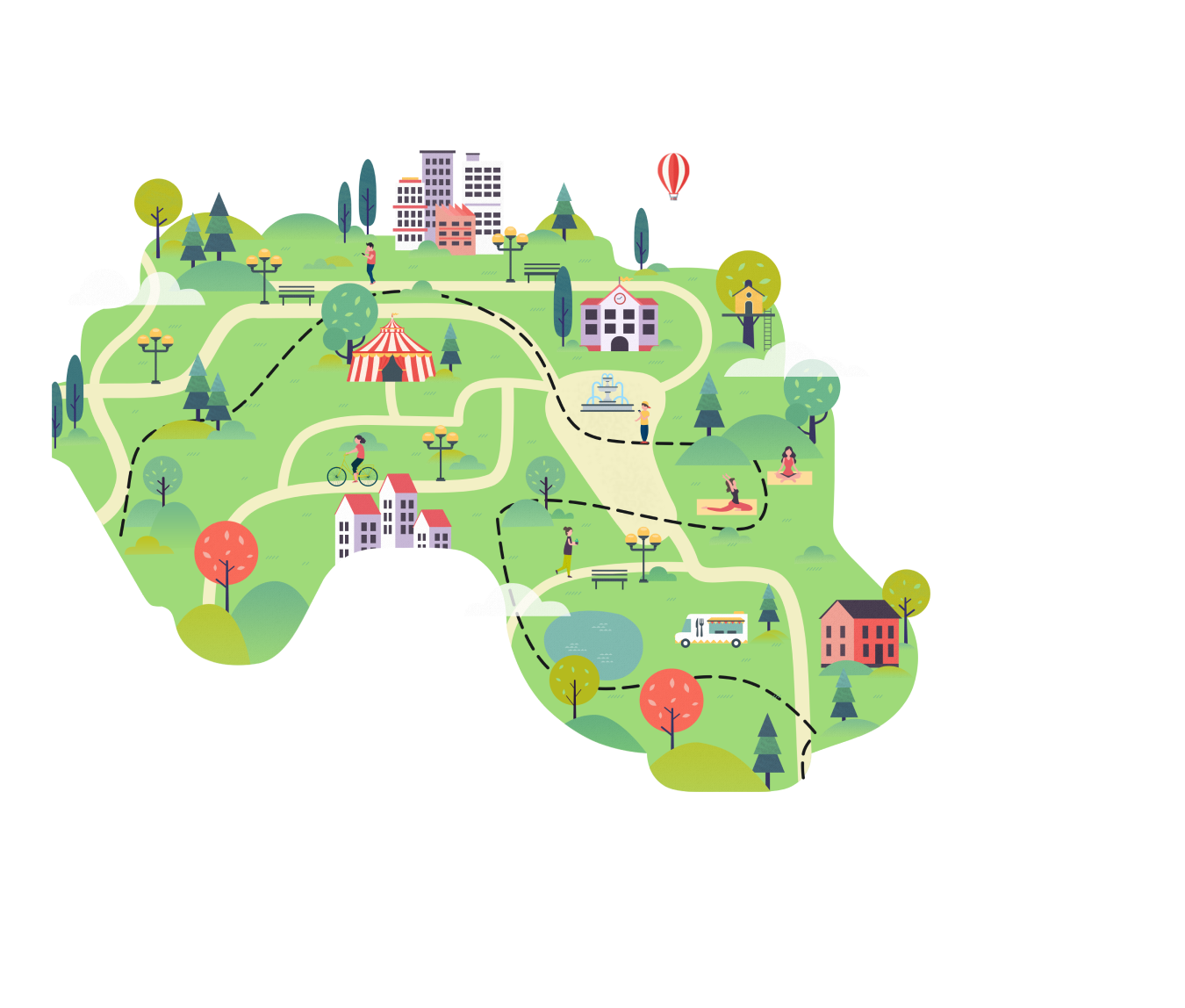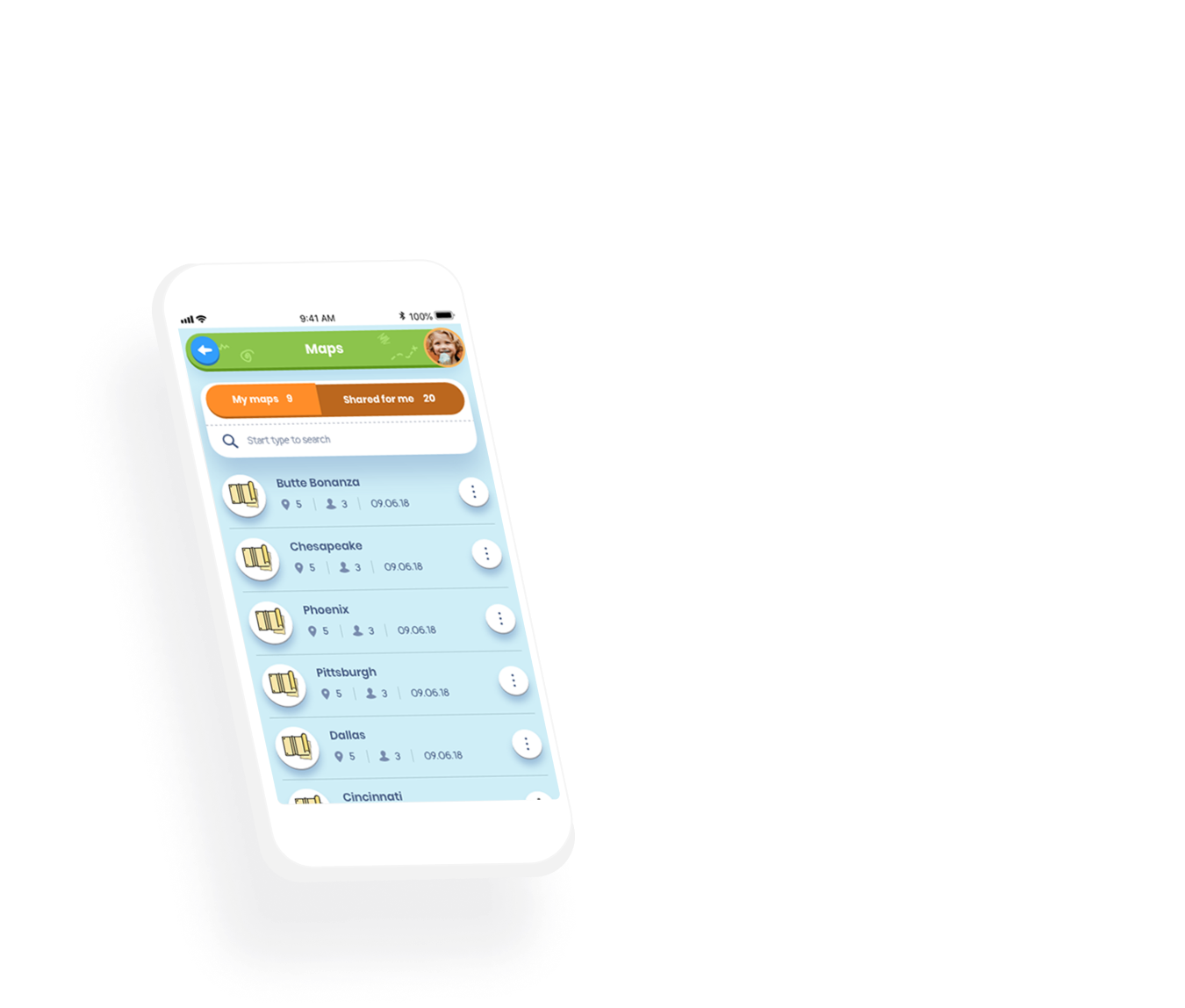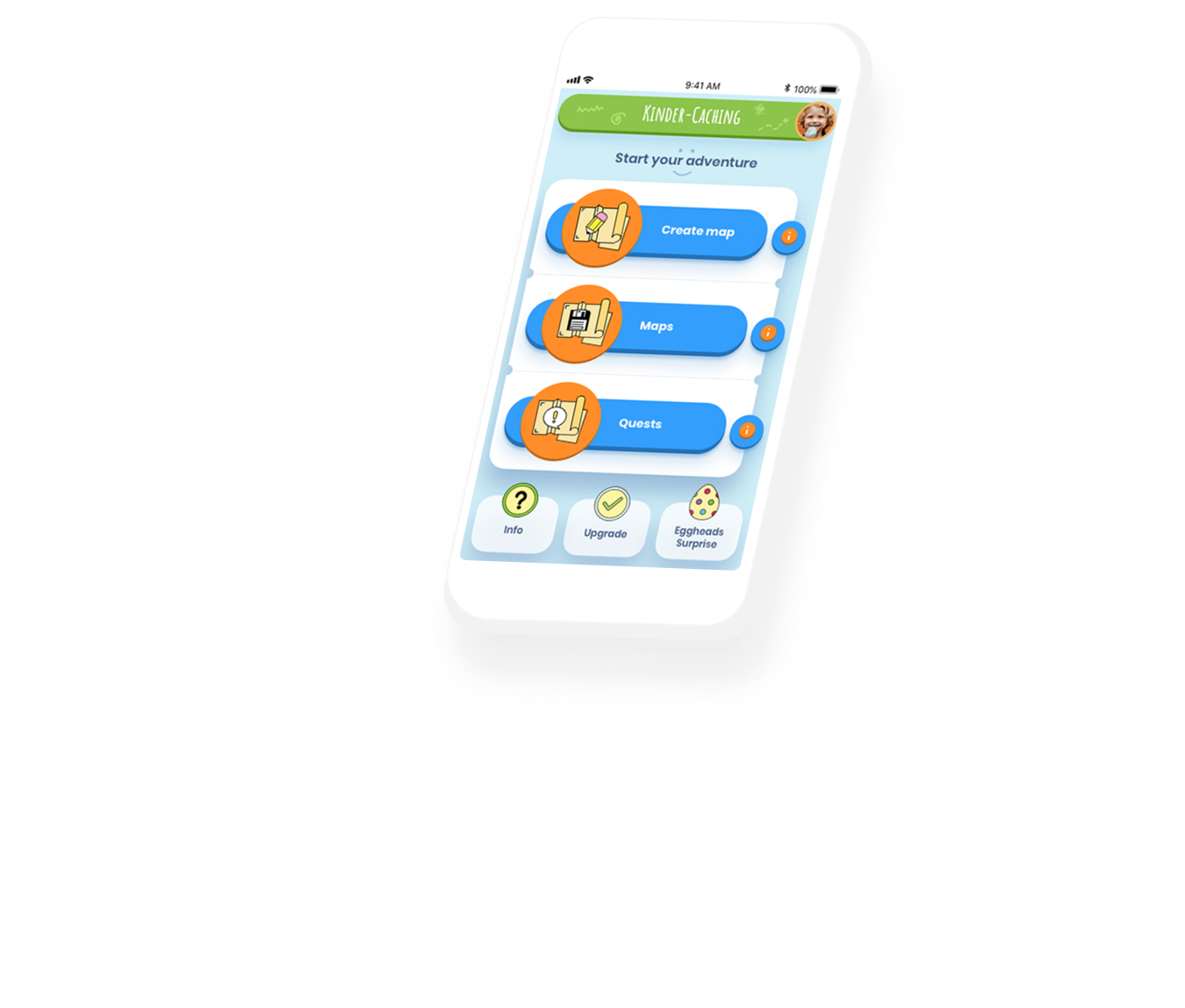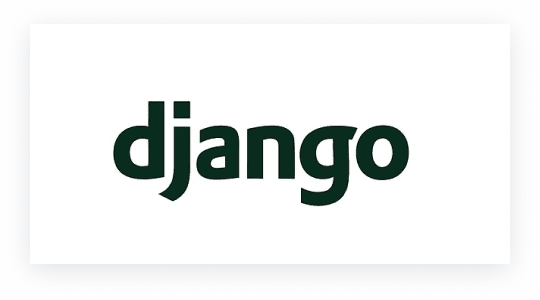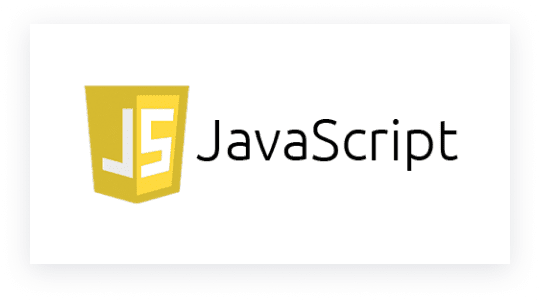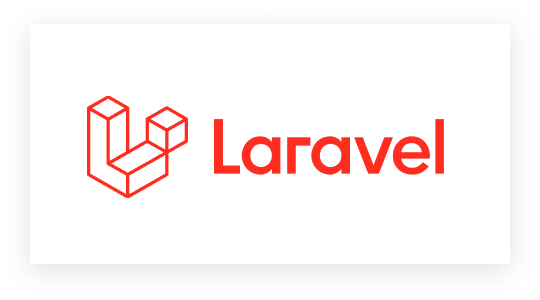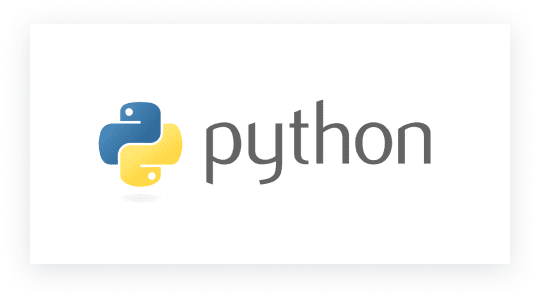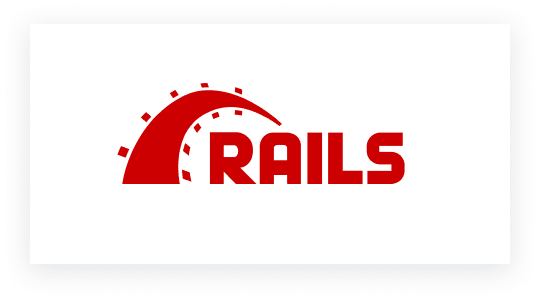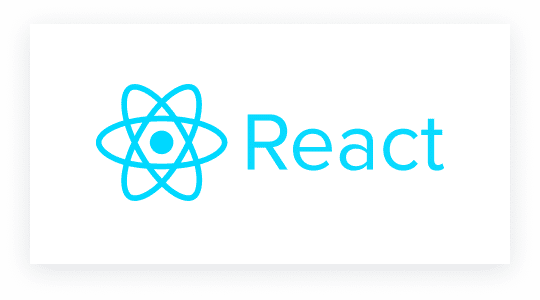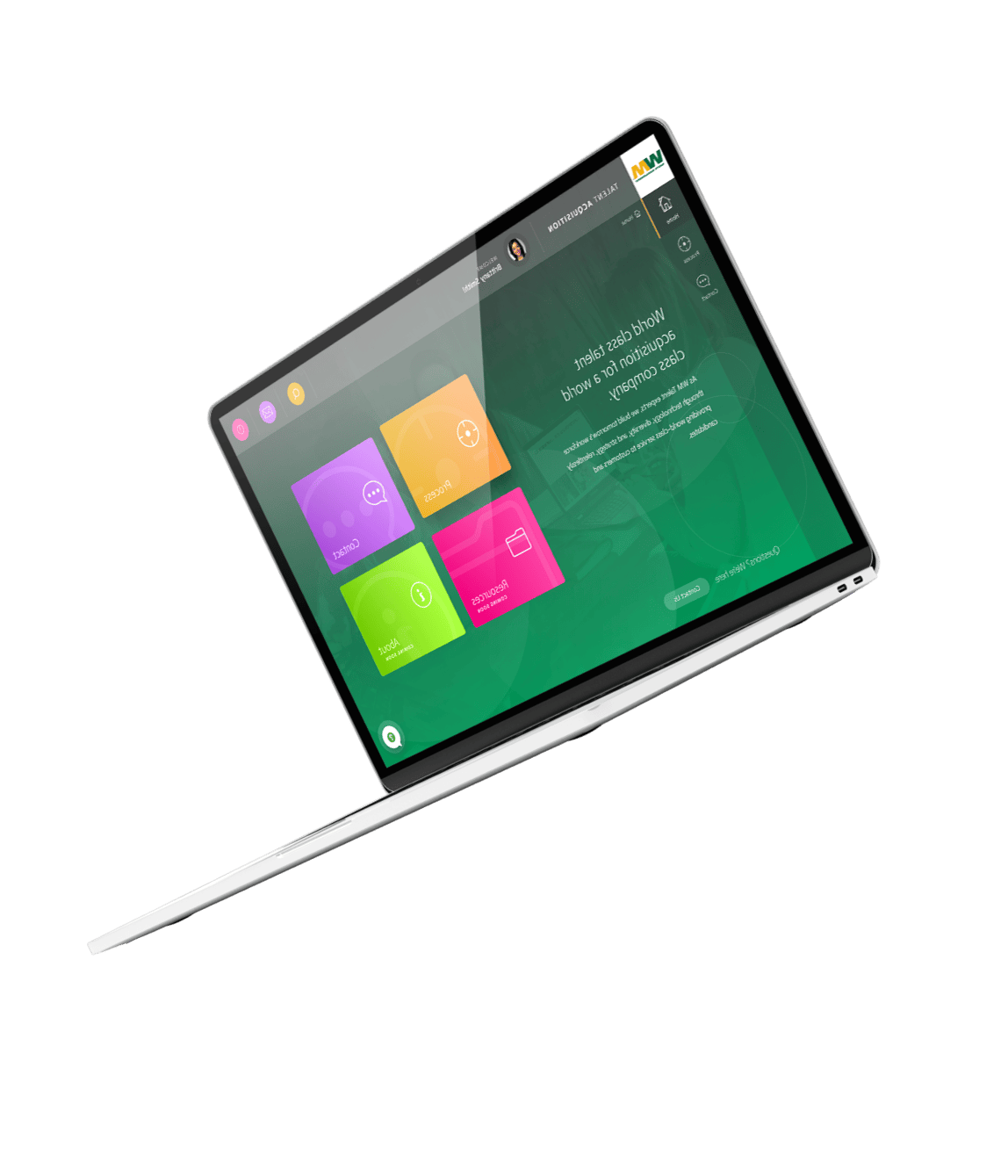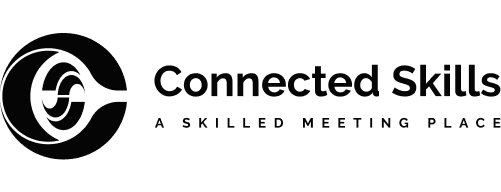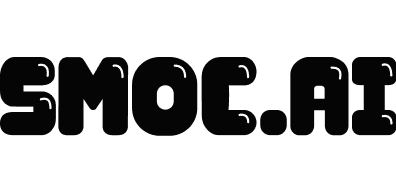
step 1
Documentation and Project Planning
The documentation stage outlines the main milestones and shows a clear work scope. It helps in avoiding financial and time loss. Furthermore, the documentation defines the ultimate product's objectives.
step 2
Customer and Industry Research
To create the best architecture for the application, preliminary calculations are required. Without such a review, a product may be underdeveloped and fail to meet consumer needs, or it may be overdeveloped and have too many functions. Both result in a significant amount of wasted time and money.
step 3
Visualization
The prototype allows for the visualization of the required functions. This stage ensures that everything is in place and the scheduled actions are done. More further testing brings proper polishing.
step 4
Software solution architecture
Strict architecture defines the application's internal structure and provides the basis for future development. It makes it easier to connect additional functional modules after the launch. The number of users is also considered because it determines the maximum pass-through capacity.
step 5
Front-end and back-end development
Front-end and back-end development processes are based on evaluation and analysis of the prototype testing results.
step 6
Testing
The CTO performs internal code quality testing, QA specialists perform manual testing, and custom automation tests are developed as required. External testing is carried out with the help of the customer and a focus group.

